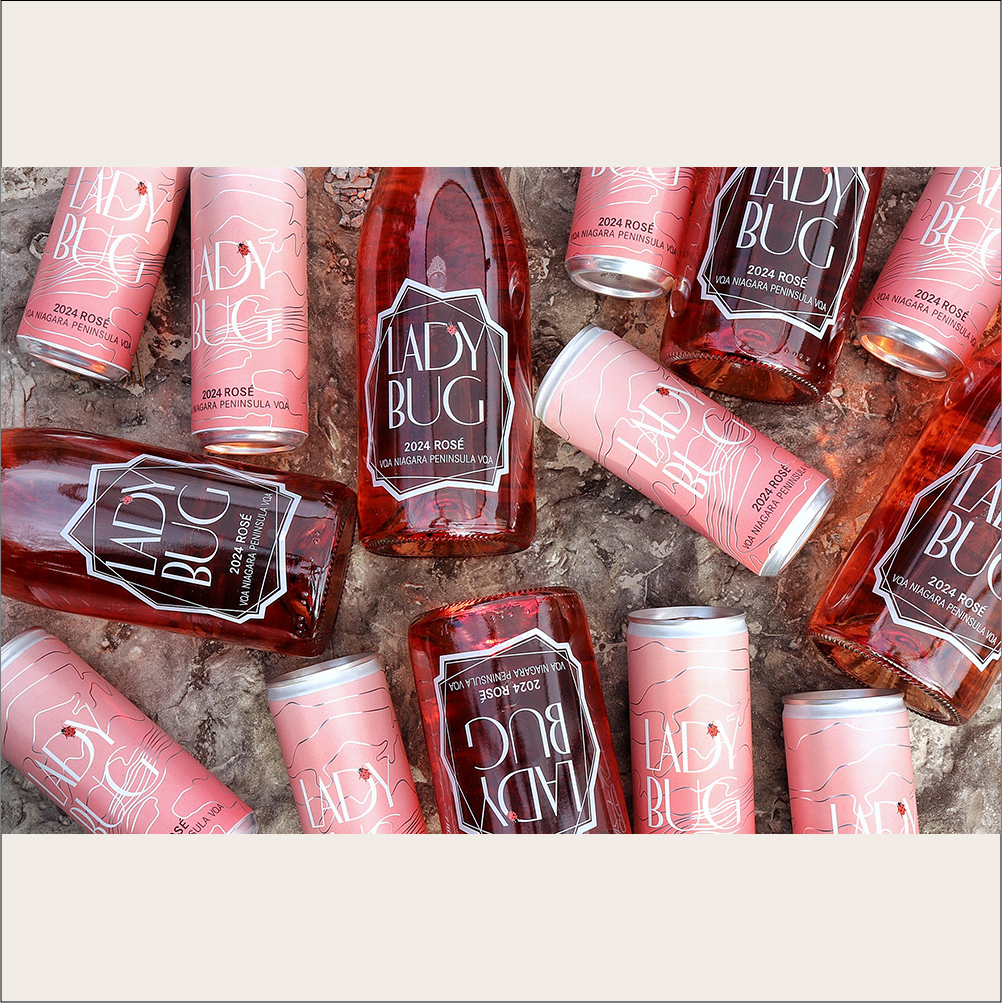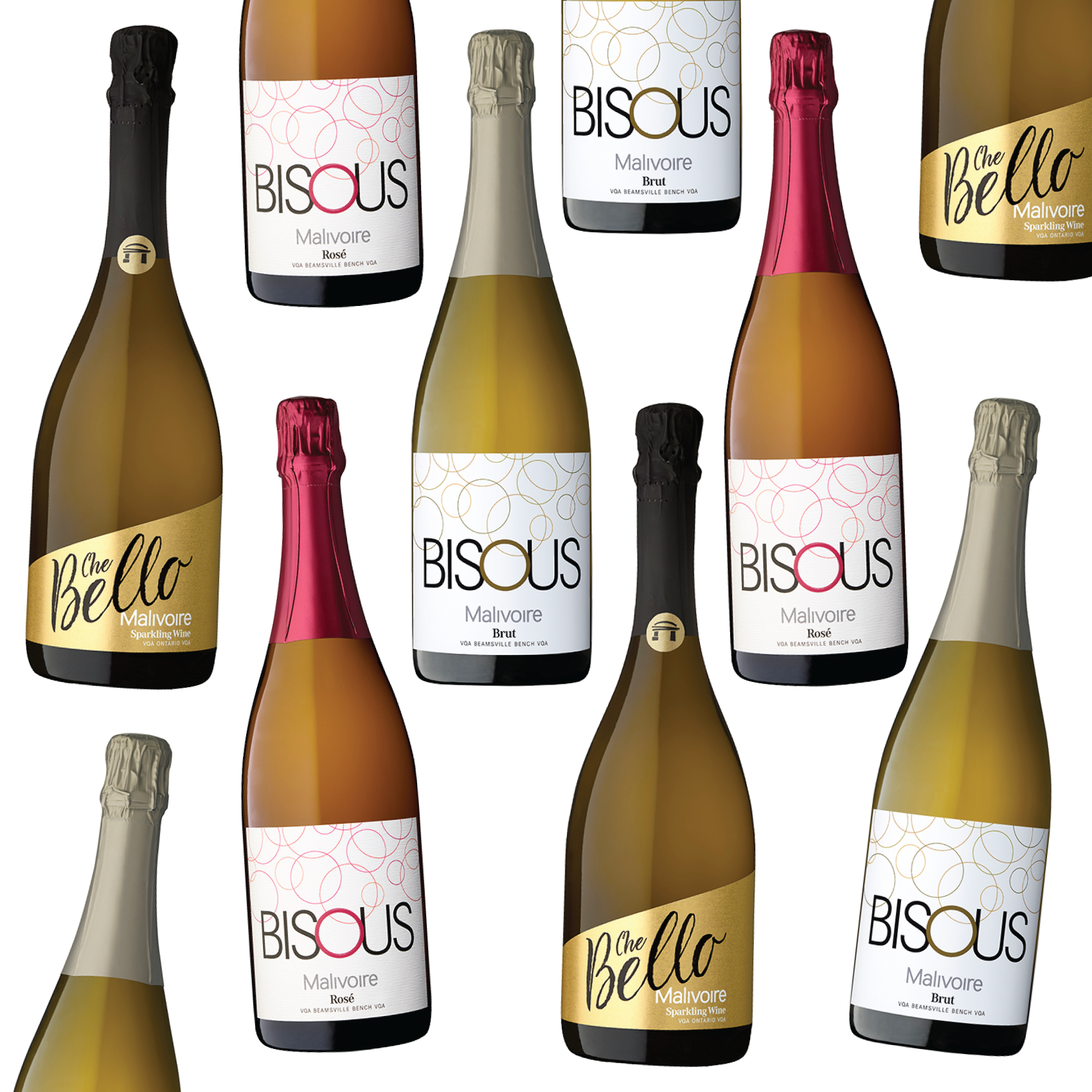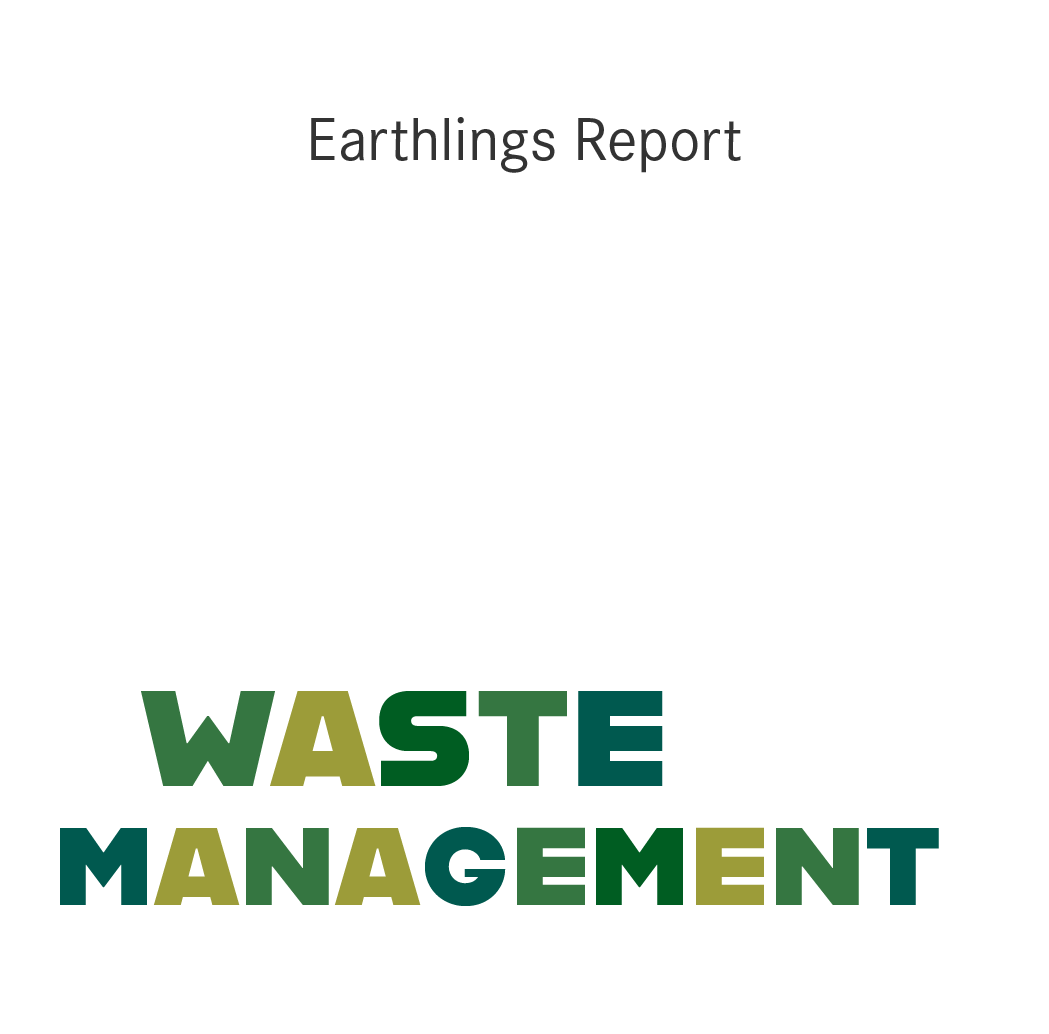Earthlings Report - Waste Management

Written By: Johanna Cornelissen
As you can imagine, making wine requires many materials and resources - in the vineyards to grow healthy grapes, during the vinification process and finally packaging and shipping so that our wine can arrive ready for you to enjoy. Each phase of this process will produce waste. The purpose of a waste management system is to minimize the amount of waste that is produced by exploring how we can avoid, reduce, reuse, and recycle materials and resources throughout. This is good for the environment as it will reduce the impact on landfills, and it has a financial impact as it improves process efficiencies and reduces the costs associated with removing waste from the property.

The importance of minimizing waste at Malivoire is evident when you visit the winery. The entry way is designed using reclaimed telephone poles no longer in use, and irregular large stones from the local quarry that were not commercially viable. To reduce dust and soil erosion, we installed a permeable pavement system called Ecoraster on the driveway. It is a Canadian product and made of 100% post-consumer plastic bags. Each square foot installed diverts 90 plastic shopping bags from landfill. With 7354 square feet installed, we have diverted a whopping 661,860 bags.
The importance of re-using resources extends to our own materials. We don’t throw out our metal scraps that are no longer of use. Instead, we keep useful pieces for upcoming fabrication projects and anything that we can’t use is sent to a local metal recycling facility.
The pomace, which is the solid waste (skin, pits, pulp) produced when pressing the grapes, is used by a local greenhouse with a biodigester. This process contributes to the circular economy, as it generates heat that is used to warm the greenhouses. The electricity that is produced is sold to the energy grid and nutrient rich potting soil and fertilizer that is made is sold to consumers.

When visiting the winery, whether it is for a guided wine experience, enjoying the views on the patio or for a special event, we continuously strive to ensure that the materials used are either reusable, compostable or recycled from food packaging, to plates, utensils, and napkins.

Finally, at Malivoire we know that we can always do more, and we continue to strive to make improvements regardless of how small. Recently, together with the equally environmentally conscious Artcraft Labels, the spools at the centres of wine label rolls on the bottling line, customarily thrown into the recycling bin after use, have found a better ‘R’.
Now, the used cores are collected by Hunter Bottling, returned to the source, and re-used for new rolls of labels. This practice now extends beyond Malivoire and Hunter is collecting the cores from all wineries that use Artcraft Labels, an example of how a small, collaborative change can have a ripple effect leading to a bigger impact.





